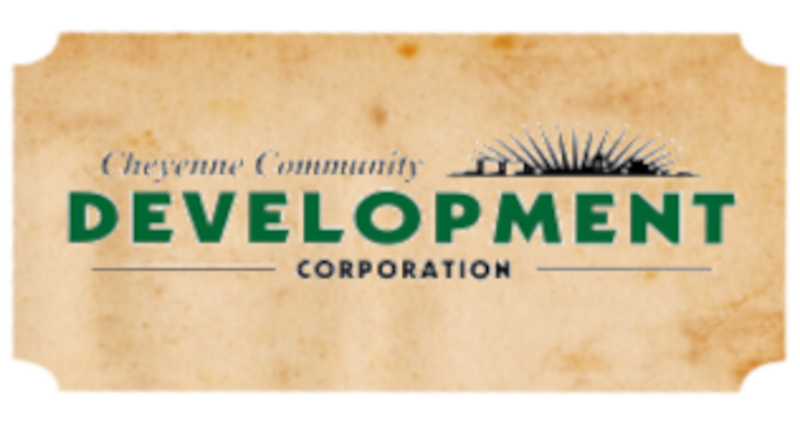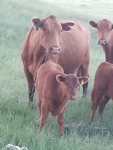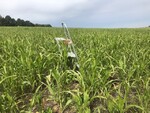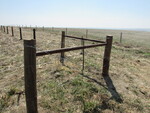Posted date: Jul 5, 2021
by: Admin My Local Life
865 Views
The Cheyenne County Board of County Commissioners authorized participation in the Student Loan Repayment Program for Calendar year 2021 via Resolution No. 21-05.

At this time, Cheyenne County does not offer financial assistance for the program, but allows Cities, Employers and Foundations within Cheyenne County to participate in the program.
THE PROGRAM:
1. Student Loan Repayment Assistance
* Administered By Kansas Department of Commerce (KDC)
* Partners with Counties, Cities, Employers, and Foundation
* Provides up to $15,000 in Student Loan Repayment Assistance over 5 years
Student Loan Eligibility Requirements
* You must have a newly established permanent address in Cheyenne County, so long as that address was established after the county began participating in the program.
* Applicants must have an active student loan balance in their name, as well as an associate’s, bachelor's or post-graduate degree prior to moving to the participating county.
* To apply, you will need to provide proof of domicile in the ROZ County, proof of previous permanent residency (prior to earning your degree), transcripts with degree dates and student loan balance with distribution dates.
In Addition:
2. Rural Opportunity Zone Credit
100% State Income Tax Credit
* Administered By Kansas Department of Revenue (KDOR)
* Filed with state taxes; only eligible with online filing on KDOR website
* https://www.ksrevenue.org/prtaxcredits-roz.html
Income Taxpayer-Effective for all taxable years commencing after Dec. 31, 2011 and before Jan. 1, 2022.
A resident income taxpayer that establishes a domicile in a Kansas rural opportunity zone shall be allowed a tax credit.
Qualifications
A taxpayer must meet the following qualifications to be eligible for the credit:
* Establish domicile in a rural opportunity zone on or after July 1, 2011 and prior to Jan. 1, 2022.
* Must have been domiciled outside Kansas for five or more years immediately prior to establishing their domicile in a Kansas rural opportunity zone.
* Must have had no more than $10,000 in Kansas source income in any one year for five or more years immediately prior to establishing their domicile in a Kansas rural opportunity zone;
* Must have been domiciled in a Kansas rural opportunity zone during the entire taxable year for which the credit will be claimed;
* The tax return on which the credit is claimed must be timely filed (including an extension of time); and
* The taxpayer may not be delinquent in filing any tax return with or paying any tax due to the state of Kansas or any political subdivision.








